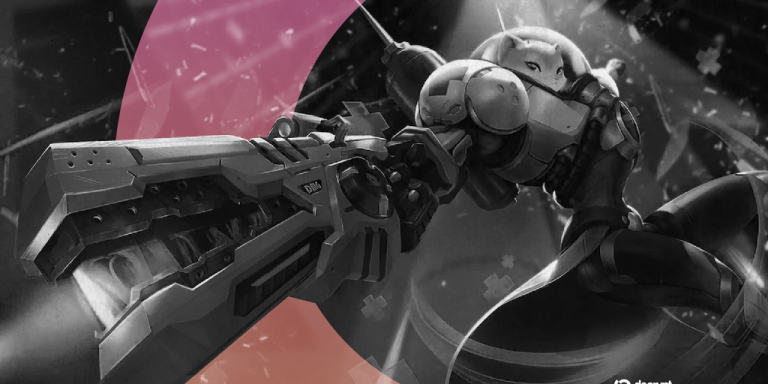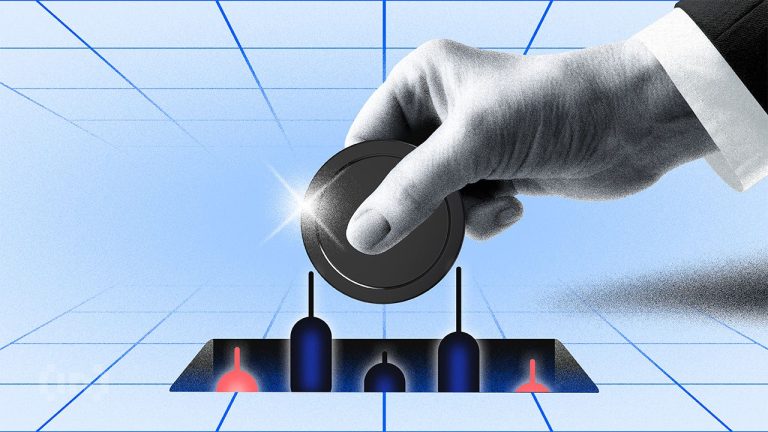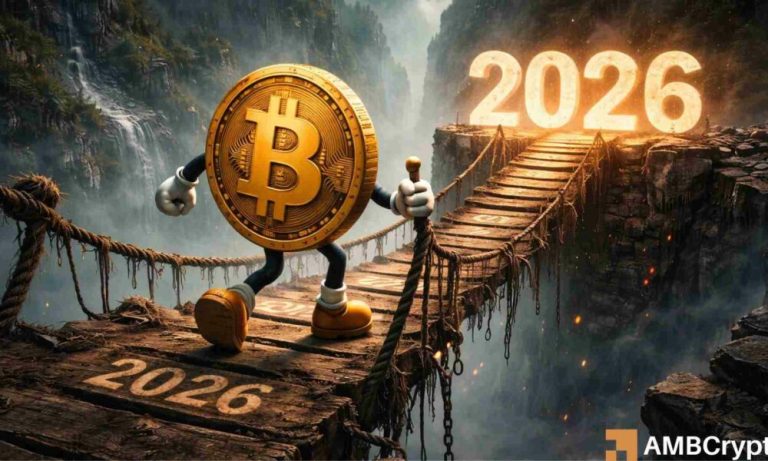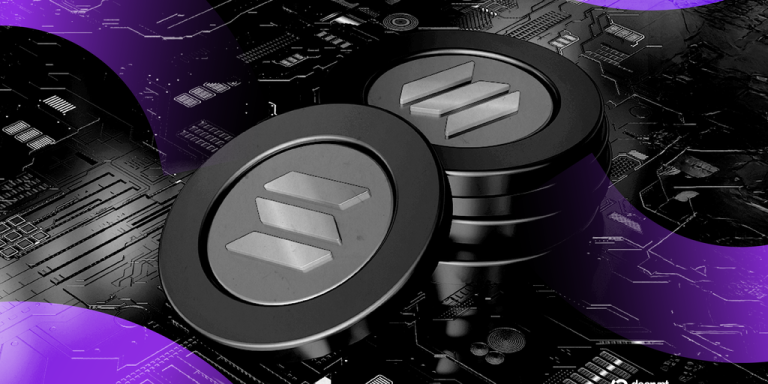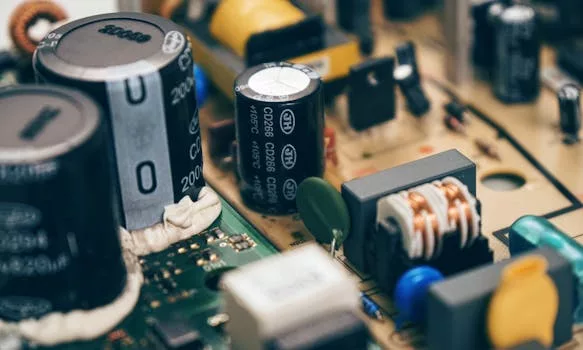
Exploring the World of Virtual Reality Art Installations
Takeaways: Virtual reality art installations are revolutionizing the art world by offering immersive experiences that engage audiences in unprecedented ways. These installations blend creativity with technology, allowing viewers to step into a digital realm where art comes to life. From interactive storytelling to stunning visual landscapes, VR art installations are pushing the boundaries of artistic expression and redefining how we experience art.
In recent years, virtual reality (VR) has emerged as a groundbreaking medium in the world of art, creating new opportunities for artists and audiences alike. Unlike traditional art forms, VR art installations transport viewers into immersive environments that challenge perceptions and evoke emotions in ways that were previously unimaginable. This article delves into the fascinating realm of virtual reality art installations, exploring their significance, the technology behind them, and the future of art in a digital age.
The Significance of Virtual Reality in Art
Virtual reality has the power to transform how we engage with art. Traditional art forms, such as painting and sculpture, often rely on a static experience, where viewers observe artworks from a distance. In contrast, VR art installations invite participants to step into the artist’s world, fostering a sense of presence and agency. This shift from passive observation to active participation is what makes VR art installations particularly compelling.
One of the most significant aspects of VR art is its ability to create interactive experiences. Artists can design environments that respond to the viewer’s movements and actions, allowing for a personalized journey through the artwork. This interactivity not only enhances engagement but also encourages viewers to explore and discover the layers of meaning embedded in the installation.
Moreover, VR art installations often address themes that resonate with contemporary society, such as identity, technology, and the human experience. For instance, artists like Marina Abramović have utilized VR to explore the boundaries of performance art, inviting audiences to experience vulnerability and connection in a digital space. Such themes are essential in today’s world, where technology is increasingly intertwined with our daily lives.
The Technology Behind VR Art Installations
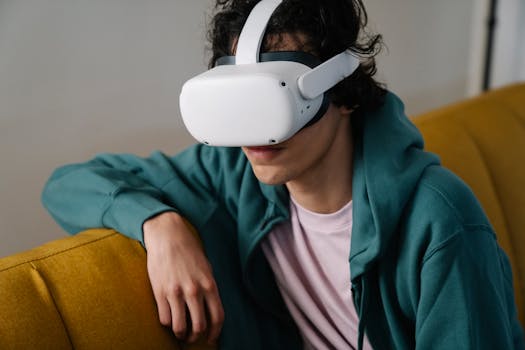
In addition to VR headsets, artists often use software tools that allow for 3D modeling, animation, and interactive programming. Platforms like Unity and Unreal Engine are popular choices among creators, as they provide robust environments for developing immersive experiences. These tools enable artists to construct detailed worlds that can be navigated and interacted with, blurring the lines between viewer and artwork.
Furthermore, the rise of augmented reality (AR) and mixed reality (MR) technologies is expanding the possibilities for art installations. Artists can now create experiences that blend the physical and digital realms, allowing viewers to engage with art in new and innovative ways. This convergence of technologies is paving the way for a new era of artistic expression that transcends traditional mediums.
The Future of VR Art Installations

Moreover, the accessibility of VR technology is likely to increase, allowing more artists to explore this medium. As prices for VR equipment decrease and software becomes more user-friendly, we can expect a surge in VR art installations around the world. Museums and galleries are also beginning to embrace VR, integrating it into their exhibitions to attract younger audiences and provide new ways to experience art.
In conclusion, virtual reality art installations represent a thrilling intersection of technology and creativity. They challenge our understanding of art and offer immersive experiences that engage viewers in meaningful ways. As we look to the future, it is clear that VR will continue to play a pivotal role in the evolution of contemporary art, inviting us to explore new dimensions of human expression.

